Overlap of nuclear physics & nucleosynthesis

LA-UR-20-23383
Matthew Mumpower
FRIB first experiments
Tuesday May 5$^{th}$ 2020

Center
for Theoretical
ASTROPHYSICS
About my work
I'm a theorist focused on the description of nuclear physics of neutron-rich nuclei
Trevor Sprouse and I have recently developed a novel platform for studying nucleosynthesis
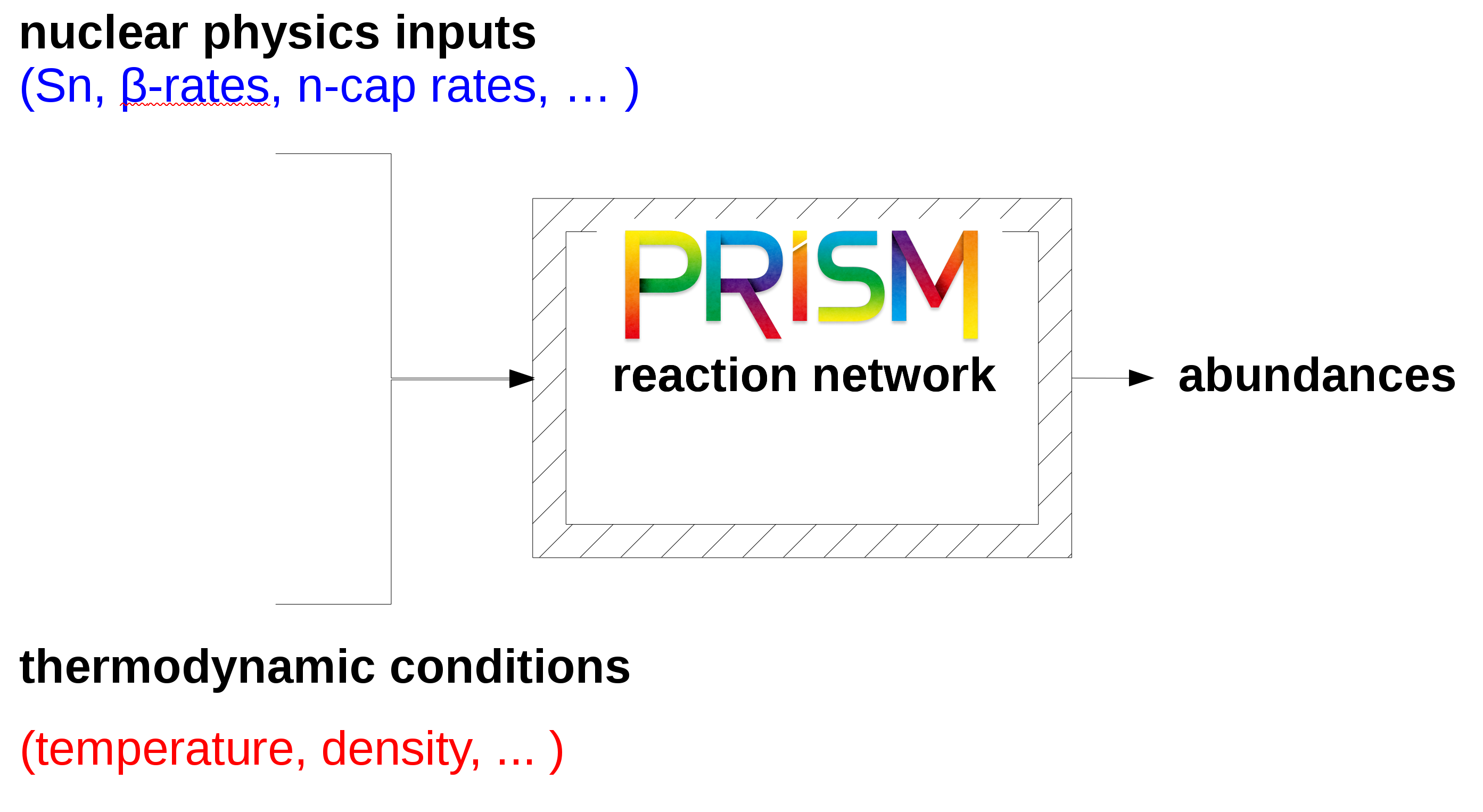
PRISM: Portable Routines for Integrated nucleoSynthesis Modeling
Code soon to be released as open source; 100's of GBs of nuclear data in the PRISM nuclear data interface (NDI)
Nuclear physics: the language of nucleosynthesis
How the nuclei express themselves depends on the astrophysical conditions
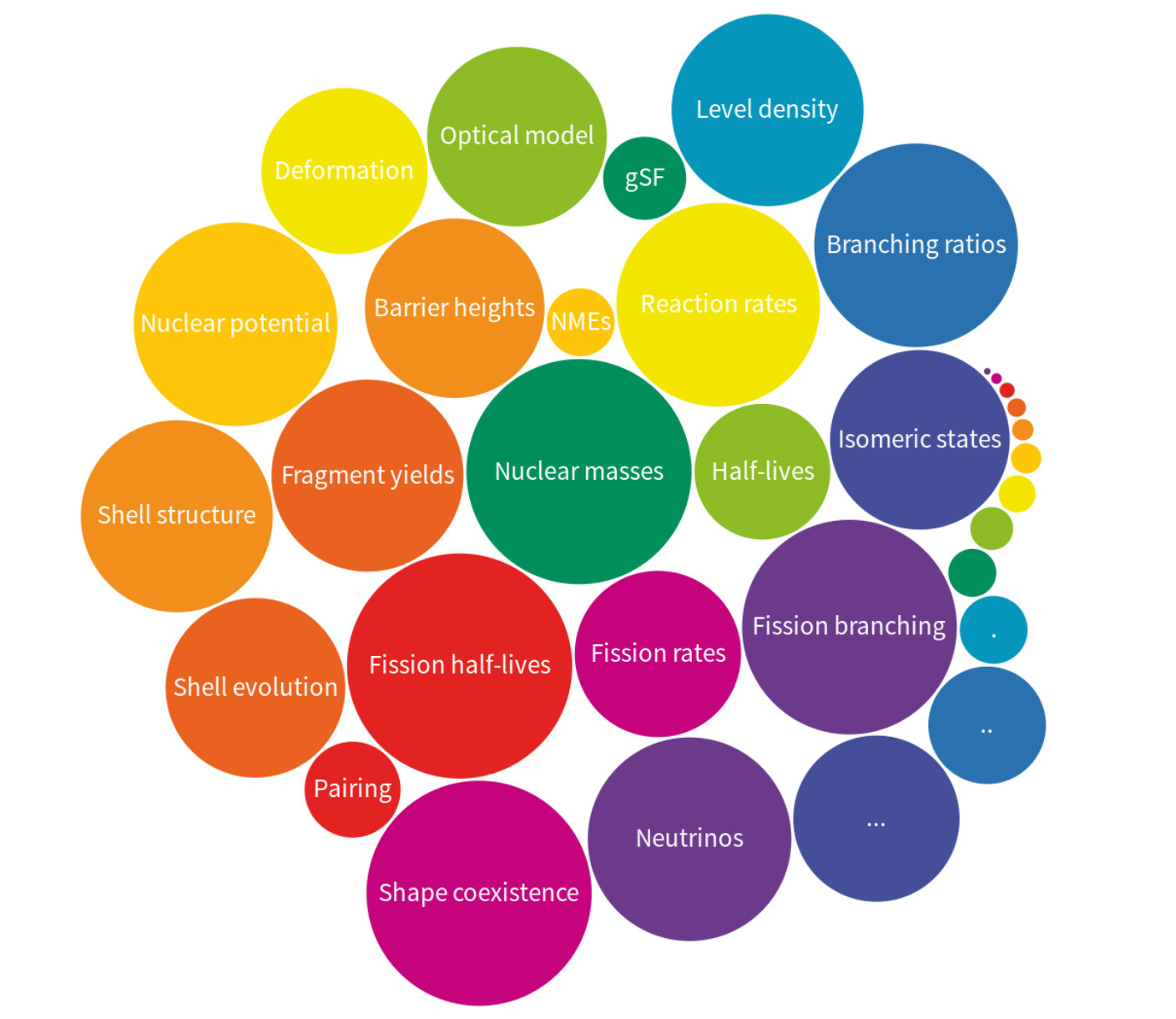
This in turn, suggests what should be focused on for measurement campaigns
Ideally, we focus on measurements that will provide insight to both astrophysics & nuclear physics
M1 enhancement of capture rates
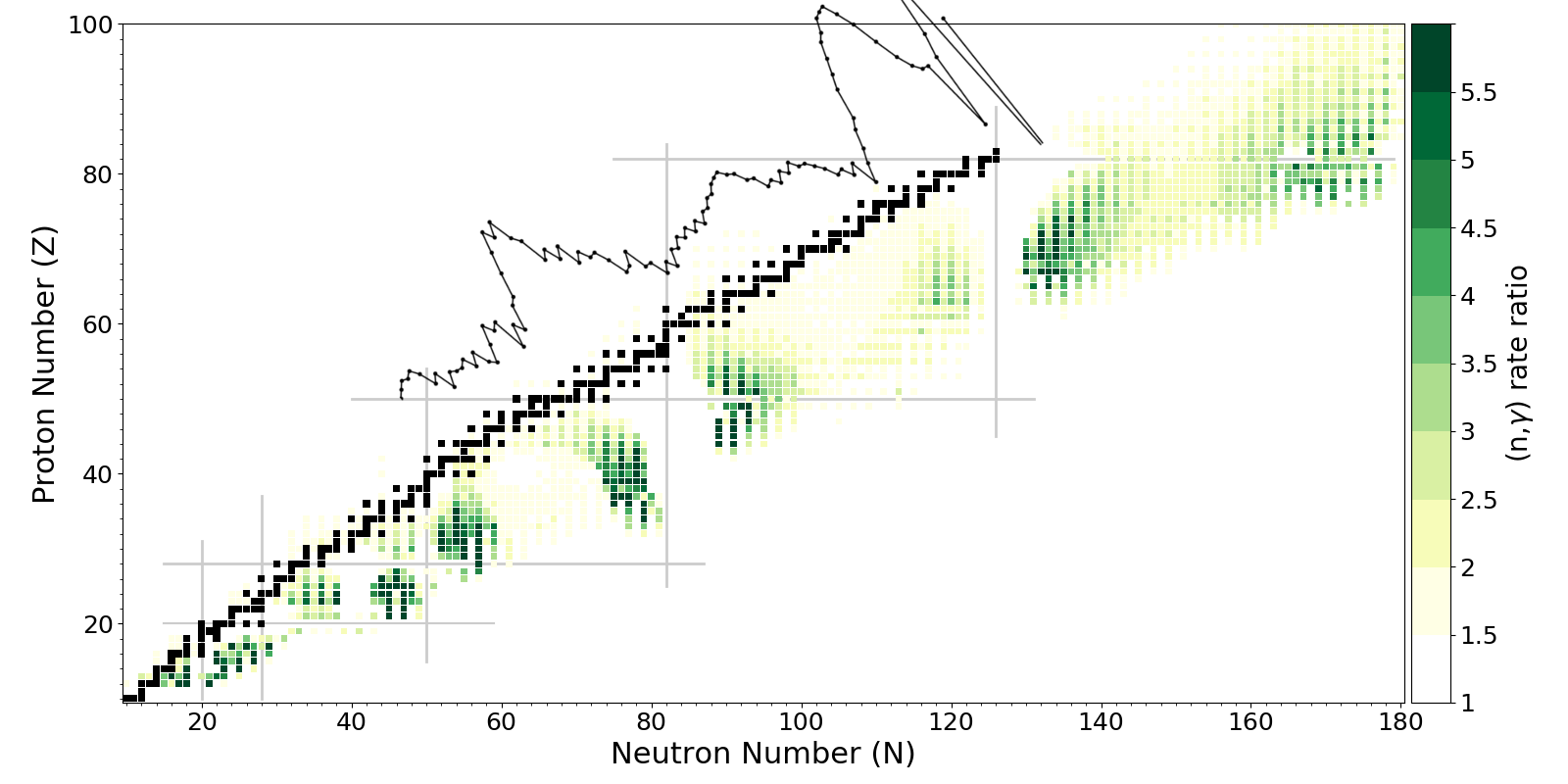
The impact (darker color) to neutron-rich nuclei is even larger than for those near stability
Many candidates (Ce, La, Pr) and lighter elements are well within the reach of FRIB reaction studies
An intriguing result... follows the solar isotopic pattern - Juicy!
Novel description of $\beta$-decay: QRPA + HF
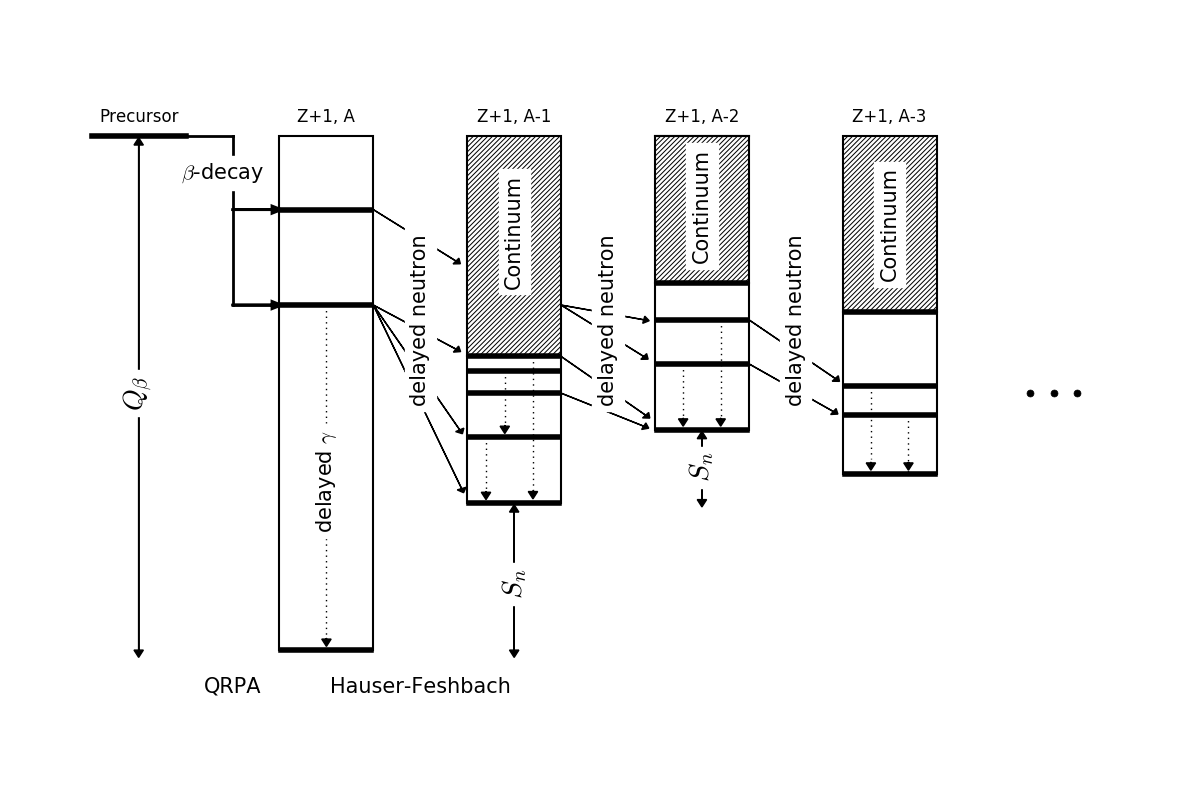
Initial population from the $\beta$-decay strength function from QRPA
Follow the statistical decay via Hauser-Feshbach until all excitation energy is exhausted
Wu et al. PRL 118, 072701 (2017) • Mumpower et al. ApJ 869 1 (2018) • Möller et al. ADNDT 125 (2019)
Particle spectra / observations
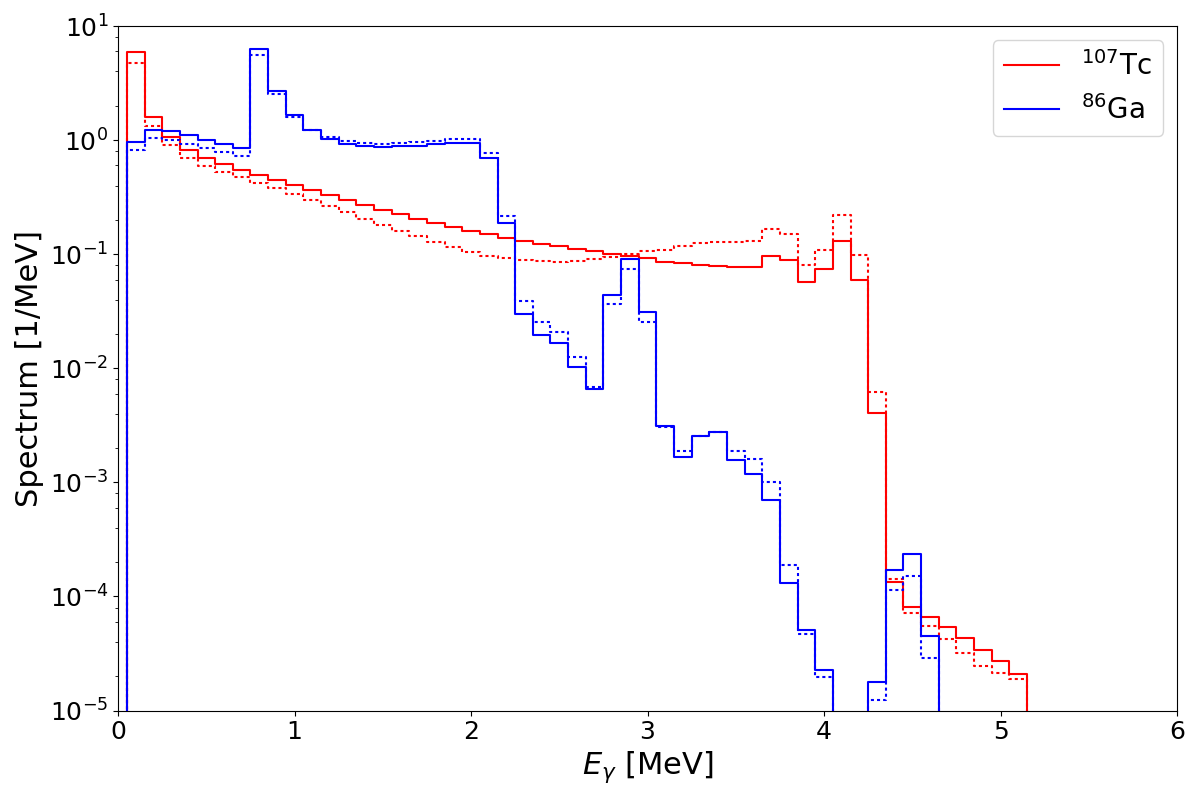
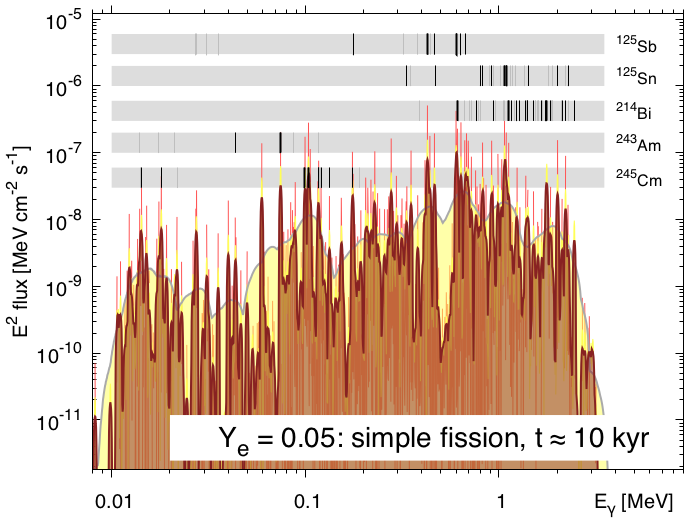
Our QRPA+HF model is also capable of producing predictions of particle spectra (left)
Benchmarking these quantities provides a more sensitive test of the model beyond integral quantities such as $P_n$
Both theory & data are influential in predicting observational signatures e.g. $\gamma$-rays from remnants (right)
Measurements focused on decays can provide a new handle on potential 'smoking gun' $r$-process nuclei
$^{213,214}$Bi($Z=83$) are strong $\gamma$-emitters that have short half-lives but can be generated by longer-lived species
Astrophysically relevant nuclear isomers
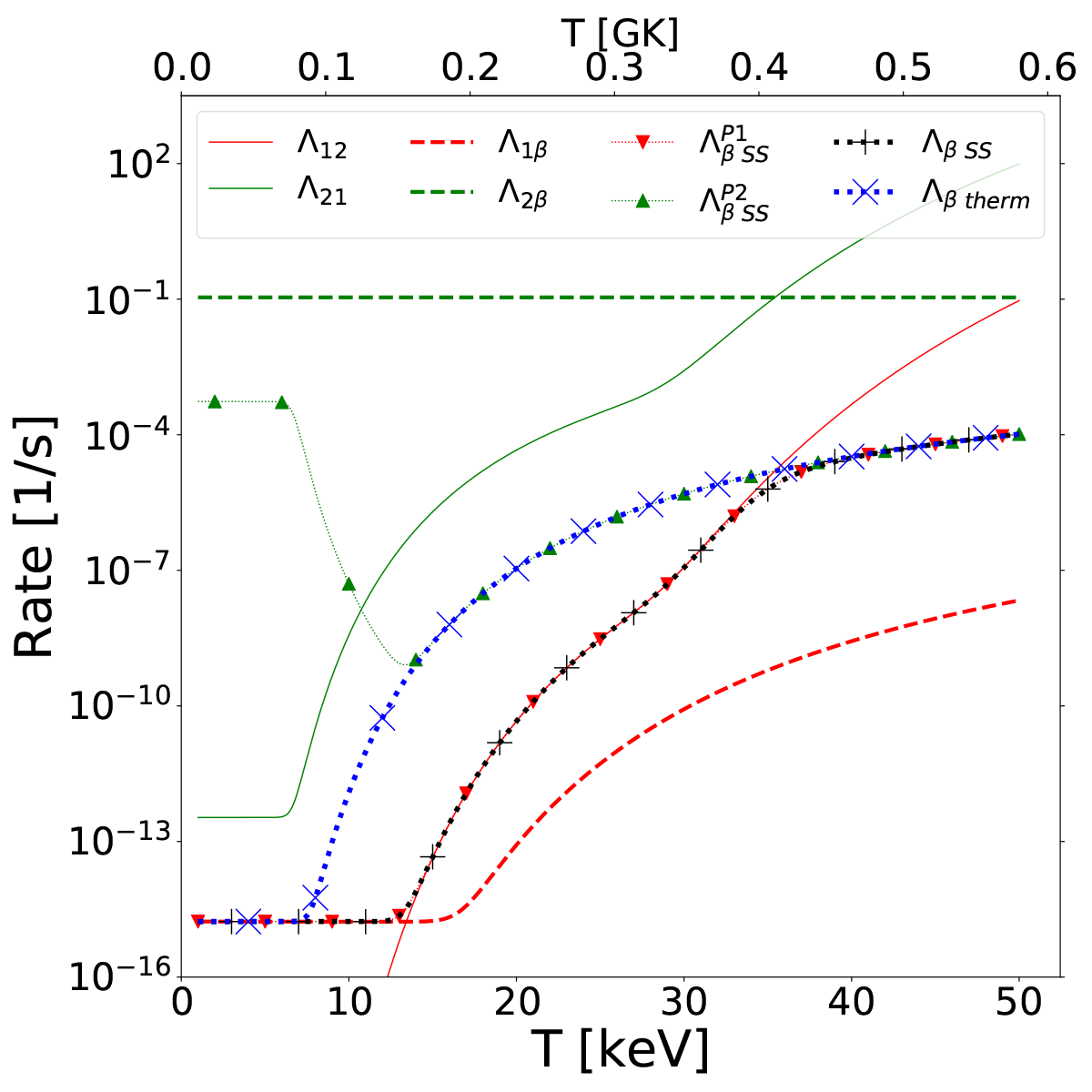
Wendell Misch (LANL postdoc) has been pioneering a new approach to nuclear isomers
Famous example of an 'astromer': ${}^{26}$Al
Our approach is broadly applicable to any environment, not limited to astrophysics
Mass measurements
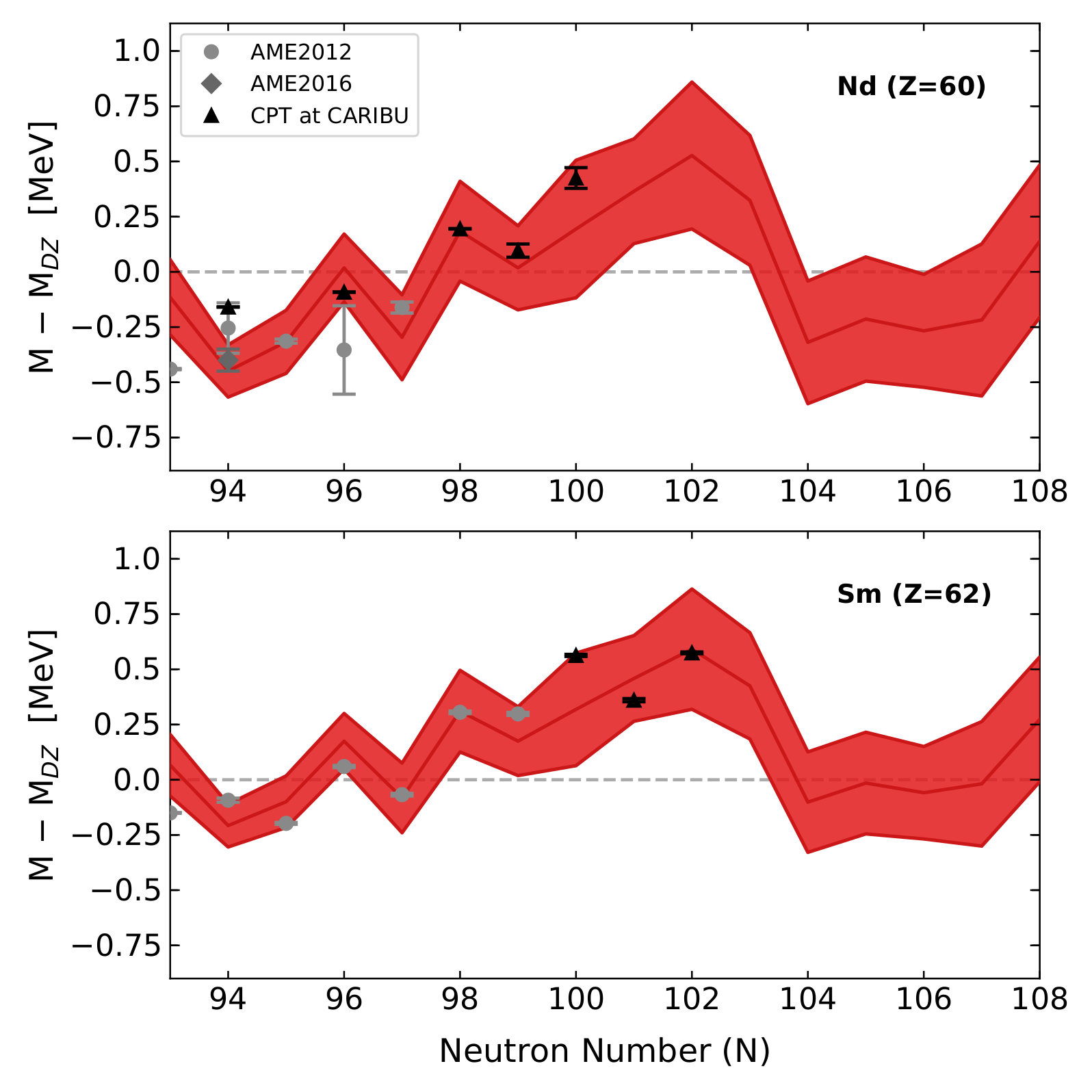
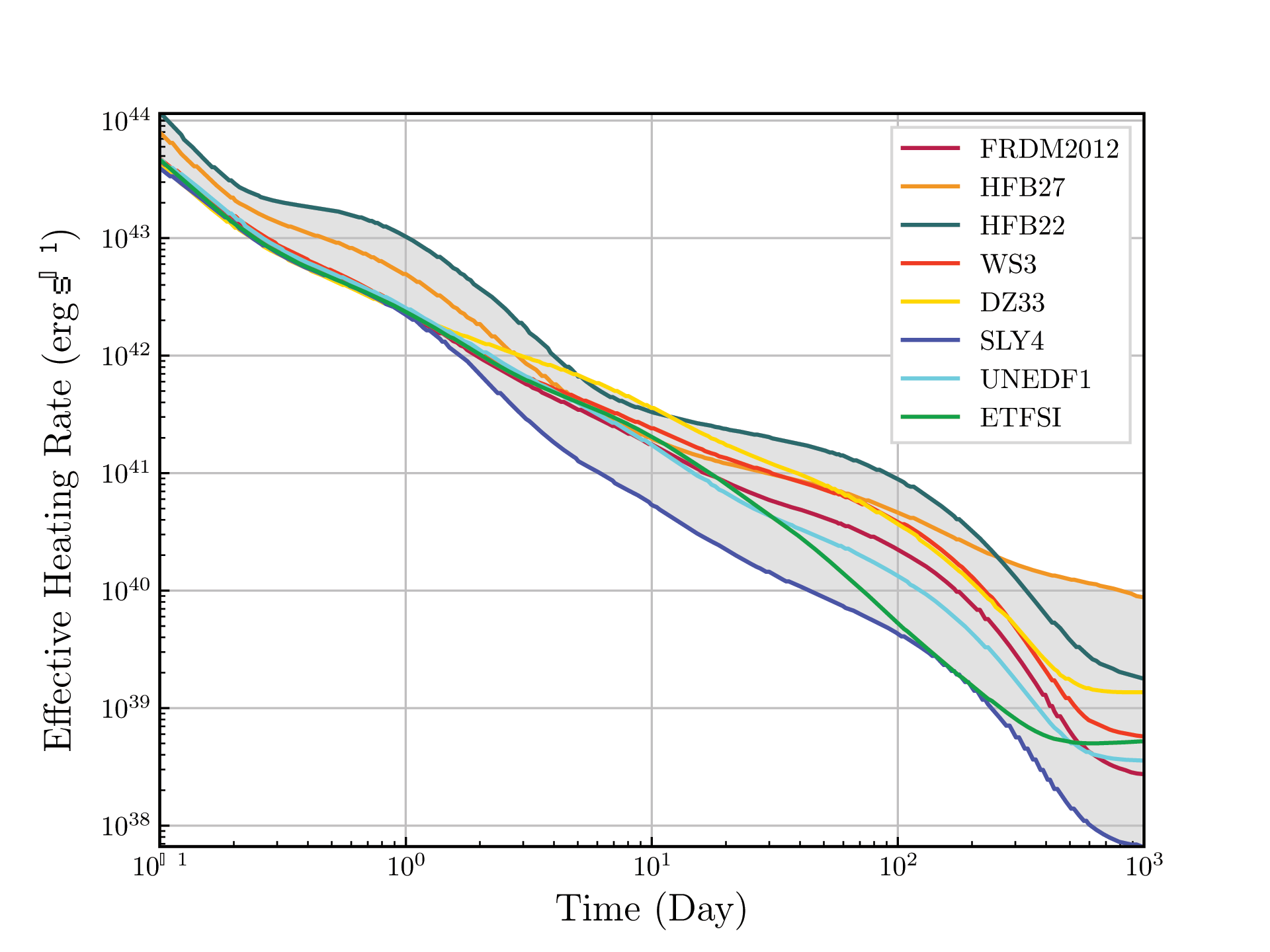
Bayesian model predictions for mass trends in rare earth nuclei (left) - Nicole Vassh
Targeted high-precision mass measurements can help to diagnose $r$-process conditions
Mass measurement campaigns can further help to address uncertainties in kilonova parameters (right)
Nuclei around $N=126$ act as the gatekeepers for actinide production; strength of shell closure important!
QRPA+HF applied to $\beta$df
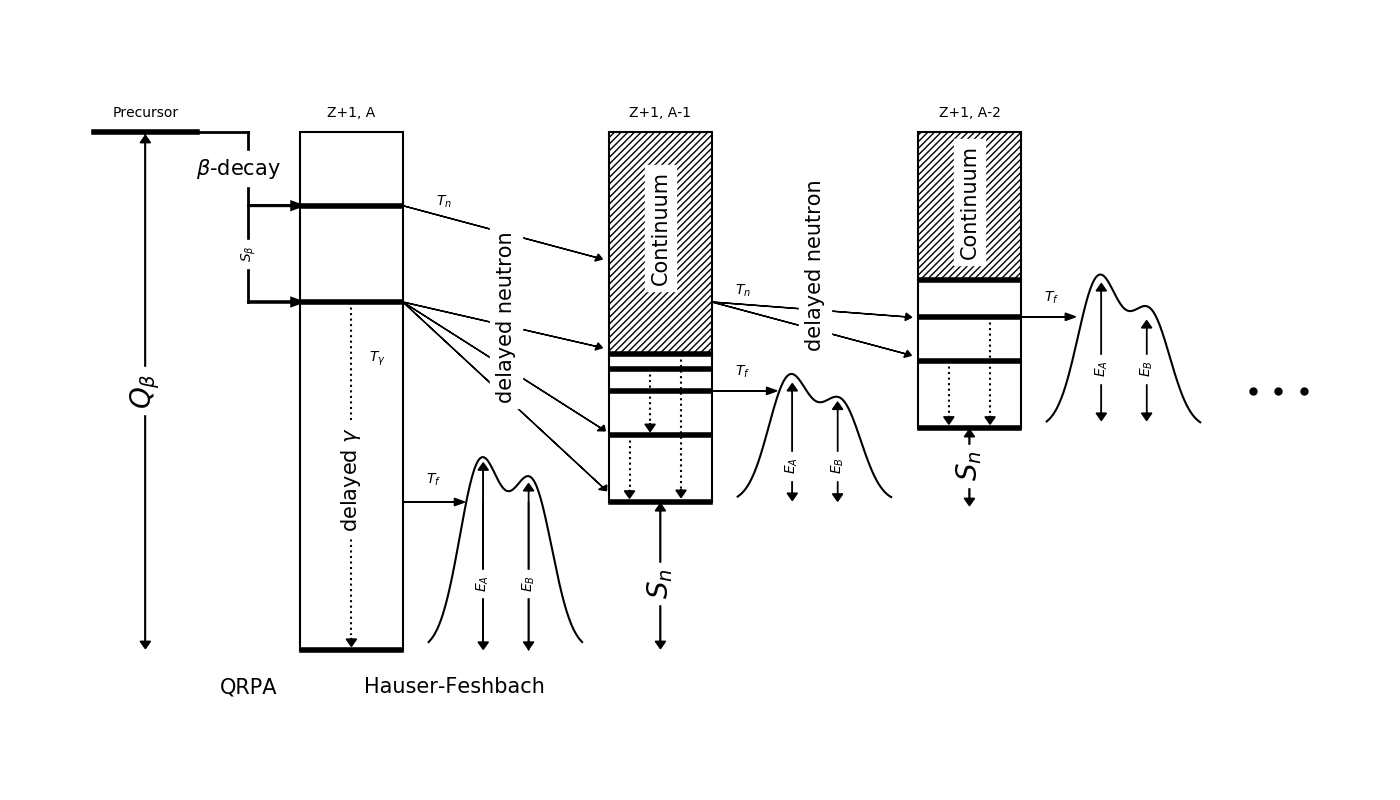
We have also explored multi-chance $\beta$df - found to be an influential channel in the $r$-process
Future, exciting opportunities for studying this phenomenon in heavy elements...
Question: What can the high rigidity spectrometer (HRS) upgrade to FRIB do for fission studies?
Fission & actinide studies
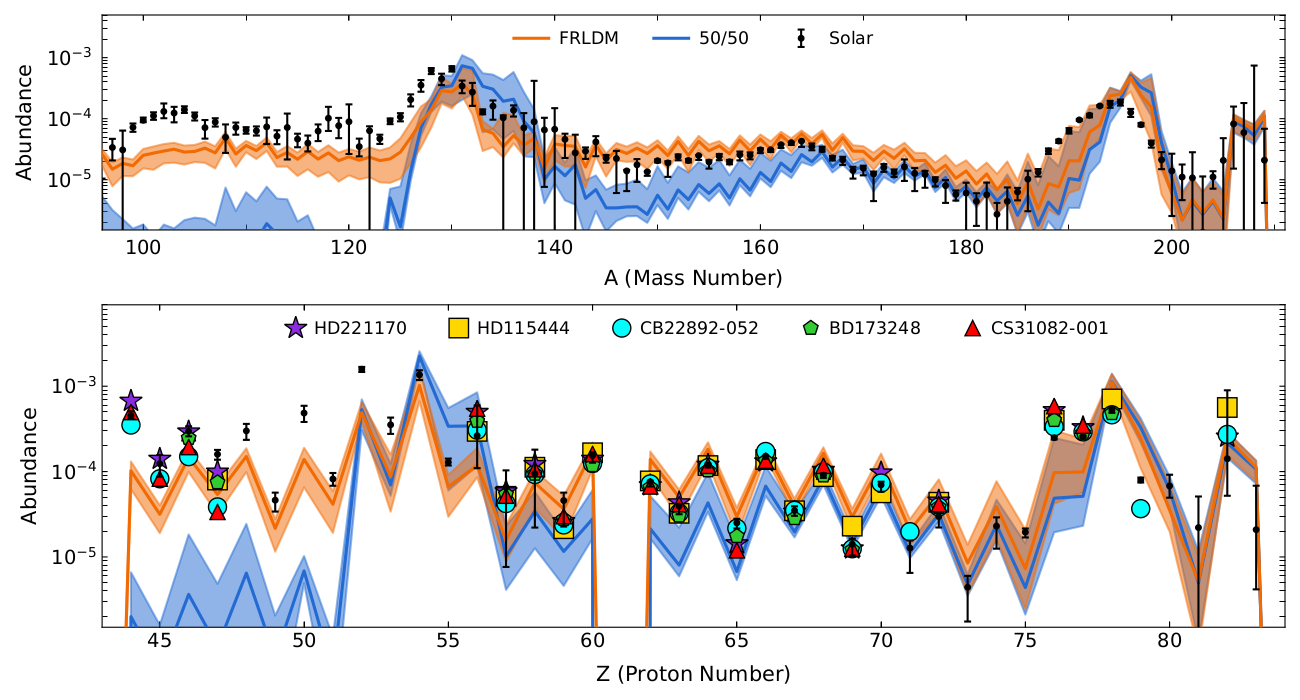
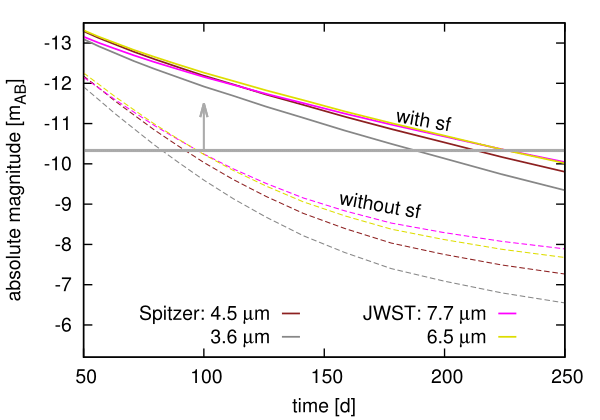
We're in the process of releasing new fission fragment yield predictions to the community (impact left panel)
Fission is another area where we could find an observational 'smoking gun' of heavy element formation
New missions may be easily able to detect the presence of $^{254}$Cf or other elements (right)
Measurements of yield and prompt emission are a vital test of model predictions
Fission may be one of the last pillars of uncertainty we must conquer to understand heavy element formation
Summary
Nuclear physics is the language of nucleosynthesis
Recent advances:
We have developed a state-of-the-art research pipeline for studying nuclear physics in nucleosynthesis
We have novel theoretical tools to interpret experiments and gauge impact in astrophysical environments
We have recently compiled new mass, reaction, decay and fission predictions across the chart of nuclides
Measurements will have a tremendous impact on theoretical nuclear modeling, nucleosynthesis and observations
I'm looking forward to the exciting opportunities at FRIB!
Results / Data / Papers @ MatthewMumpower.com